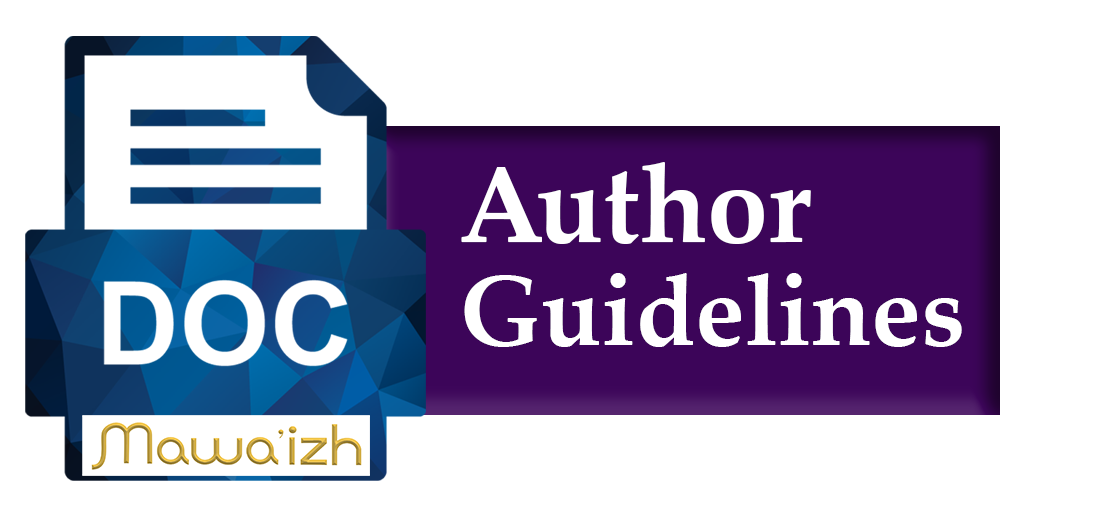Manusia di Era Kebudayaan Digital: Interpretasi Ontologis Martin Heidegger
Abstract
The aims of paper is digging beneath the ontological relations between human and technology. It is handled by drawing a inspiration from Martin Heidegger's thought, specifically the period of Heidegger II. This library research discusses two key of Heidegger’s texts against technology, namely: “Questions concerning Technology” and “Discourse about Thinking”. The paper provides some findings: 1) The Dasein reconstruction transforms toward Digi-sein as the only and one Questioner of Being that exist within a heart of digital culture; 2) Heideggerian destruction of gestell as a framed way of thinking that makes humans and technology relations become non-free relations. Heidegger calls calculative thinking as actually "flight from thinking". Gestell shackles us in exploitative ways of thinking that oppose disclosure the veil of human openness to the Being; 3) Heidegger employs gelassenheit as a simple and relaxed attitude, as releasement, that was not impermeable to nuances of metaphysics and religion. Gelassenheit was living an attitude that kept a tension between saying "yes" and "no", simultaneously and ambiguously. Technology is addressed by “let it be” attitude, and release the technology as it is.
Downloads

This work is licensed under a Creative Commons Attribution 4.0 International License.
Pemberitahuan Hak Cipta
- Untuk semua artikel yang dimuat di Mawa'izh (Jurnal Dakwah dan Pengembangan Sosial Kemanusiaan), hak cipta tetap milik penulis. Penulis memberikan izin kepada penerbit untuk mengumumkan karyanya dengan syarat. Ketika naskah diterima untuk diterbitkan, penulis menyetujui pengalihan otomatis hak penerbitan kepada penerbit.
- Penulis memegang hak cipta dan memberikan jurnal hak publikasi pertama dengan karya yang dilisensikan secara bersamaan di bawah Lisensi Internasional Creative Commons Attribution 4.0. yang memungkinkan orang lain untuk membagikan karya tersebut dengan pengakuan atas kepenulisan karya tersebut dan publikasi awal di jurnal ini.
- Penulis dapat mengadakan perjanjian kontrak tambahan yang terpisah untuk distribusi non-eksklusif dari versi terbitan jurnal (misalnya, mempostingnya ke repositori institusi atau menerbitkannya dalam buku), dengan pengakuan atas publikasi awalnya pada tahun jurnal ini.
- Penulis diizinkan dan didorong untuk memposting karya mereka secara online (misalnya, di repositori institusi atau di situs web mereka) sebelum dan selama proses penyerahan, karena hal ini dapat mengarah pada pertukaran yang produktif, serta kutipan yang lebih awal dan lebih besar atas karya yang diterbitkan (Lihat The Pengaruh Akses Terbuka )
SURAT PENUGASAN HAK CIPTA
Sebagai penulis Jurnal Mawa'izh Fakultas Dakwah dan Komunikasi Islam IAIN Syaikh Abdurrahman Siddik Bangka Belitung Indonesia, saya yang bertanda tangan di bawah ini:
Menyatakan:
- Makalah saya asli; tulisan saya sendiri dan belum pernah dipublikasikan/diusulkan pada jurnal dan publikasi lain.
- Makalah saya bukan plagiarisme melainkan ide/penelitian asli saya.
- Makalah saya tidak ditulis oleh bantuan lain, kecuali dengan rekomendasi Dewan Editor dan Reviewer yang telah dipilih oleh jurnal ini.
- Dalam makalah saya, tidak ada tulisan atau pendapat lain kecuali yang disebutkan dalam daftar pustaka dan relevan dengan kaidah penulisan di jurnal ini.
- Saya membuat tugas ini dengan pasti. Jika ada distorsi dan ketidakbenaran dalam penugasan ini, nanti saya akan bertanggung jawab sesuai hukum yang berlaku.








.gif)












